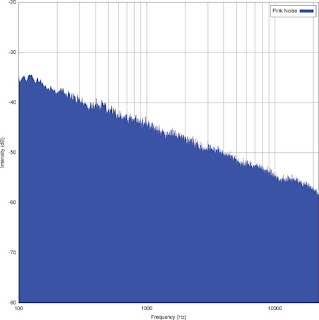Neural Oscillations
While MEEG spectral analysis is as old as EEG existence itself, many tools have been developed over the years. Since we published the COBIDAS MEEG in 2020, an abundance of papers appeared on this topic - which admittedly the recommendation does not address a lot. Below is a quick review of the 3 papers that summarize best, in my opinion, the current state of the field.
The periodic part
In case you are not familiar with the idea of oscillation, the theory is that groups of neurons produce synchronous and periodic signals leading to observed a rhythmic activity called neural oscillations. There is also evidence that neural oscillations relate to the coordination of neural activity between spatially distant regions in the brain, i.e. connectivity.
Donoghue et al. EJN 2021 have a great overview of this with analysis recommendations. Do also check the website related to the paper - an incredible resource for all: https://oscillationmethods.github.io/docs/index.html
 |
| Capture from the website/notebook simulating signal decomposition for an oscillation + a period signal |
Aperiodic Signal
MEEG signals have not just oscillatory activity, they also have an aperiodic component (of 1/f type - in red in the figure above), which seems to relate to postsynaptic potentials. In terms of spectral power, this means that there is always non-zero power, whatever frequency one is looking at. A great point made by Donoghe: any spectral analysis will return a value at a given frequency because of this aperiodic signal, this does not mean there is an oscillation - also pointing out the danger of narrow-band filtering.
The aperiodic signal is also dynamic! like oscillations, that part of the spectrum has been shown to vary with cognition, states, disease, etc .. and thus can be studied on its own, although a good analysis would look at both aspects of the signal (I wonder if anyone has look into how these interact at all, a quick google search did not give me any results? please leave some reference in the comments if you know of any paper like that)
 |
| Pink noise illustration |
Gerster et al. NeuroInformatics 2022 present a careful analysis and overview of methods designed to assess 1/f𝜷 signal, in particular, evaluate the exponent 𝜷 - which determines the slope of the aperiodic signal with challenges for any methods: spectral plateau, hidden low-frequency oscillations and overlapping peaks.
 |
| Figure 8 from Gerster et al. illustrating challenges in PDS analyses |


Comments
Post a Comment